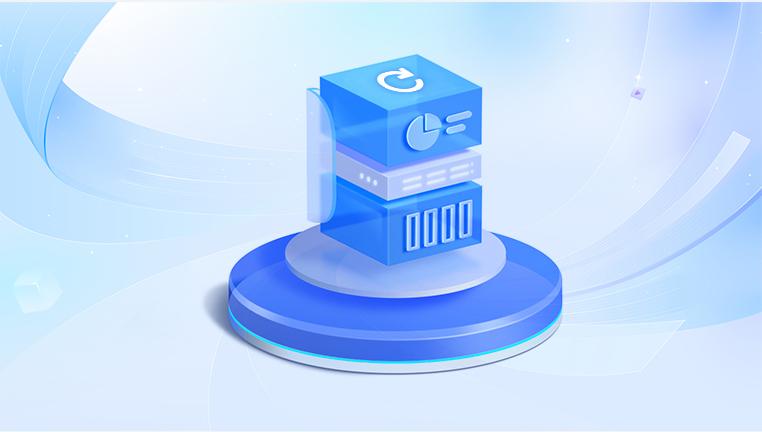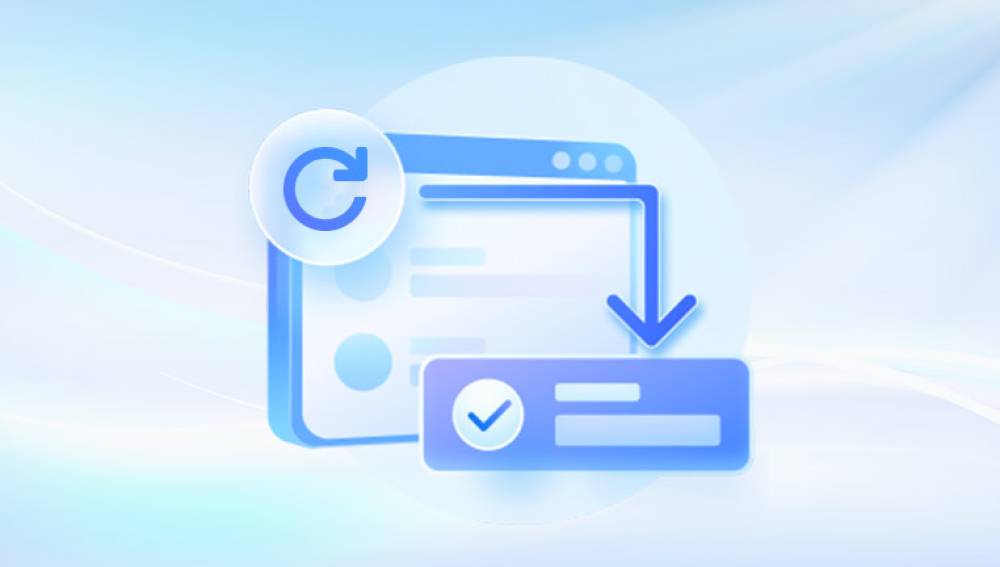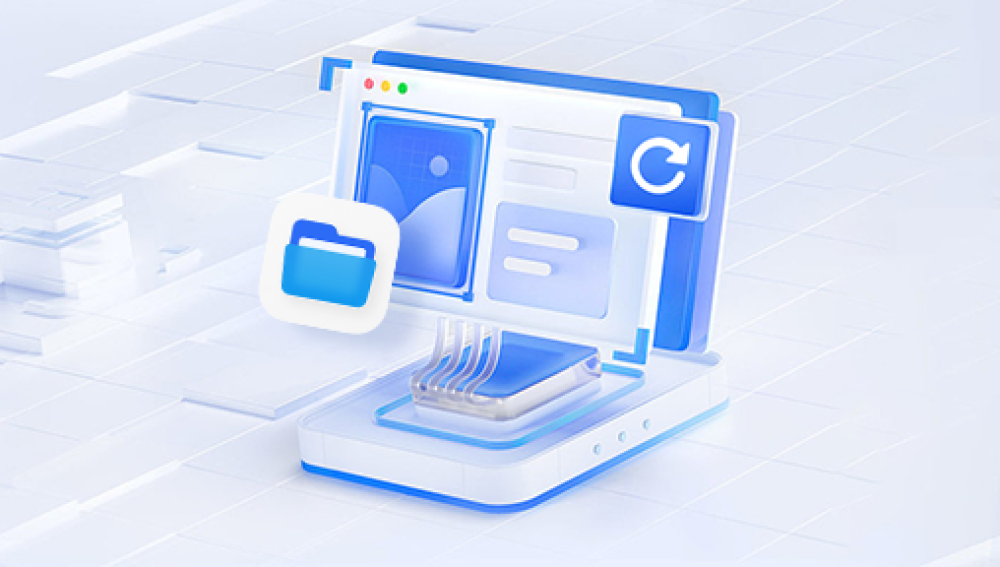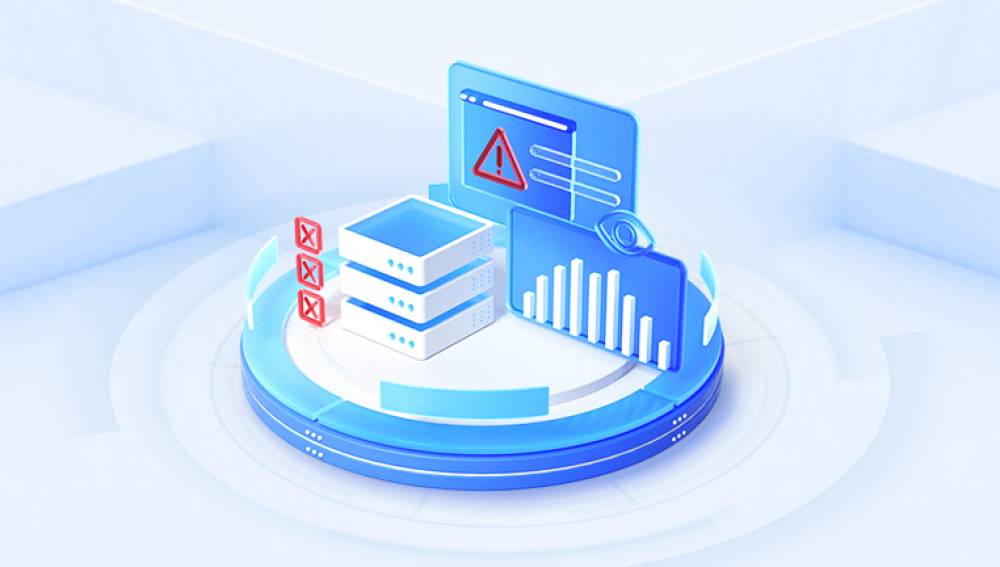Losing access to data on an old hard drive can be stressful, especially if it contains valuable files like photos, documents, or work projects. Fortunately, with patience and the right approach, you can often recover data from an aging or failing hard drive.
Types of Hard Drives: Older computers usually have traditional mechanical hard drives (HDDs) that store data on spinning disks. These drives are more prone to mechanical failures due to moving parts, compared to modern solid-state drives (SSDs). Knowing the type of drive will influence your recovery approach.
Signs of Drive Problems: Common symptoms of a failing old hard drive include clicking noises, slow access times, corrupted files, unrecognized drives, or frequent crashes. Recognizing these signs helps you avoid further damage.

Assessing Drive Health: Tools like CrystalDiskInfo (Windows) or Disk Utility (Mac) can help you check the SMART status of your drive, giving clues about physical health and predicting failures.
Safety First: Avoid Making Things Worse
If your old hard drive shows signs of failure, handling it improperly can cause irreversible damage. Here are precautions to take:
Don’t keep powering it on if it’s clicking or grinding. This can worsen mechanical failures.
Avoid DIY fixes like freezing the drive. This is a myth that can cause condensation damage.
Do not attempt to open the drive casing. Hard drives are sealed to prevent dust; opening it outside a clean room will damage the platters.
Backup immediately if you still have partial access. Copy your important files to another drive as soon as you can.
Step 1: Connect the Old Hard Drive Properly
To recover data, you first need to connect the old drive to a working computer. How you do this depends on the drive’s type and your available hardware:
Internal Drives: If the drive came from an old desktop or laptop, you can install it internally into a desktop PC that supports the connection interface (usually SATA or IDE for older drives).
External USB Adapter: You can use a SATA/IDE to USB adapter or docking station to connect the drive externally. This is convenient for laptops or drives you don’t want to install internally.
Enclosures: Putting the old drive in an external enclosure can turn it into a USB external drive.
Make sure the computer recognizes the drive in BIOS or Disk Management. If the drive appears but files are inaccessible, proceed with recovery software.
Step 2: Identify the Problem Type
There are two main types of data loss on old hard drives:
Logical Failure: The drive is physically fine, but data is lost due to corruption, accidental deletion, formatting, or virus attack.
Physical Failure: The drive has mechanical or electronic damage, such as failed read/write heads, motor problems, or PCB issues.
Logical failures can often be fixed with software tools, while physical failures usually require professional repair or specialized hardware.
Step 3: Logical Data Recovery Using Software
If the hard drive is recognized by the system but files are missing or corrupted, try these software recovery options:
3.1 Free and Paid Recovery Software
Drecov Data Recovery
Recovering data from an old hard drive can be challenging due to factors like age-related wear, accidental deletion, formatting, or corruption. Drecov Data Recovery is a powerful software solution designed to help you retrieve lost files quickly and safely from old or failing hard drives.
When dealing with an old hard drive, physical issues can sometimes prevent normal access, but often the problem lies in logical errors such as corrupted file systems or accidental formatting. Drecov Data Recovery specializes in logical recovery, scanning your drive thoroughly to locate lost files, deleted partitions, and previous versions of important documents, photos, videos, and more.
Using Drecov Data Recovery is straightforward and requires no advanced technical skills. Once you install the software, you simply select the old hard drive as the target device and begin a deep scan. The program’s advanced algorithms sift through the drive’s data sectors, rebuilding file structures and recovering files that may appear lost or inaccessible.
3.2 How to Use Recovery Software
Install the software on a different drive, not the old one, to avoid overwriting data.
Run a scan on the old hard drive, preferably a deep scan for thorough results.
Review the list of found files or partitions.
Select the files you want to recover, preview them if possible.
Save the recovered files to a different storage device.
3.3 Tips for Successful Software Recovery
Avoid saving recovered files back to the same drive.
Use “deep scan” or “full scan” options if quick scans don’t find your data.
Don’t run multiple recovery software simultaneously to avoid conflicts.
Be patient; deep scans can take several hours on large drives.
Step 4: Recovering Data from Physically Damaged Drives
If your old hard drive has physical issues, software won’t help. Common physical problems include:
Clicking or grinding noises: Indicate head or motor failure.
Drive not detected in BIOS: Could be PCB or connector failure.
Overheating: May cause temporary malfunction.
4.1 Basic Troubleshooting for Physical Issues
Check power and data cables: Replace SATA/IDE and power cables.
Try connecting to another computer: To rule out interface issues.
Use a different USB adapter or docking station.
4.2 Professional Data Recovery Services
For severe physical damage, the best option is to send the drive to a certified data recovery lab. These labs have clean rooms and specialized equipment to:
Replace damaged read/write heads.
Repair or replace PCB boards.
Extract data directly from platters if necessary.
Though costly (often hundreds to thousands of dollars), professional services offer the highest chance of recovery without risking further data loss.
Step 5: DIY Hardware Techniques (Use With Caution)
For those comfortable with hardware, some temporary DIY fixes may help, but only if professional service is not an option and data is critical.
Freezing the Drive: This controversial method sometimes helps stuck motors temporarily but risks condensation damage. Use as a last resort.
Tapping or Shaking: Sometimes gentle tapping can unstick a stuck head, but excessive force can destroy platters.
Replacing PCB: If you find the PCB board is faulty, replacing it with an identical board from a donor drive might revive the drive, but this requires exact matching and transferring the BIOS chip.
These are risky and often a temporary fix. Always clone the drive or image it as soon as it becomes accessible.
Step 6: Cloning the Old Hard Drive
Before doing any risky recovery work, clone the old hard drive to a new drive or image file. Cloning creates an exact bit-for-bit copy, preserving the original data and allowing you to work on the copy.
6.1 Tools for Cloning
Clonezilla: Free open-source cloning software.
Macrium Reflect: User-friendly cloning and imaging software.
ddrescue (Linux): Command-line tool that can clone drives and skip bad sectors.
6.2 Why Clone First?
Protects original data from accidental overwrites.
Allows multiple recovery attempts without damaging the source.
Helpful if the old drive becomes more unstable.
Step 7: Preventing Future Data Loss
Once you recover your data, take steps to avoid future loss:
Backup regularly: Use cloud storage, external drives, or NAS devices.
Replace old drives: Consider upgrading to SSDs or newer HDDs.
Use monitoring software: To get early warnings of drive failure.
Safely eject drives: To avoid corruption.
Common Questions About Old Hard Drive Data Recovery
Can I recover data from a dead hard drive?
If the drive doesn’t spin up or is not recognized, physical repair or professional recovery is likely needed.
How much does professional recovery cost?
Prices range from $300 to over $1500 depending on damage severity.
Is data recovery guaranteed?
No, success depends on the extent of damage and how the drive was handled.
Can I recover data if the drive was formatted?
Yes, but recovery chances decrease if data has been overwritten.
Recovering data from an old hard drive involves carefully assessing the drive’s condition, connecting it properly, using the right software for logical issues, and knowing when to call professionals for physical problems. Cloning the drive before recovery attempts helps safeguard data. Following best practices minimizes risk and maximizes chances of getting your precious files back.




